Below are the top 10 books written for ages 6-8. A short synopsis and why it is good reading material are offered below, along with links to buy the book.
This age group prefers a variety of books which you can read together or by themselves. Explore different reading formats which will expose them to real-world experiences.
“Charlotte’s Web” by E.B. White (Published 1952)

A timeless classic, “Charlotte’s Web” tells the heartwarming story of a friendship between a pig named Wilbur and a spider named Charlotte. With themes of friendship and kindness, it’s a delightful read for young readers.
With its engaging plot and well-developed characters, “Charlotte’s Web” provides numerous teaching opportunities. The themes of friendship, loyalty, and the cycle of life offer valuable life lessons for children.
The story not only captivates the imagination but also introduces children to complex emotions and moral dilemmas. The presence of Charlotte, a clever and articulate spider, encourages discussions about empathy and understanding differences.
Moreover, the novel touches on themes of loss and acceptance, allowing educators to address emotional literacy and provide a safe space for children to explore their feelings.
“Matilda” by Roald Dahl (Published 1988)
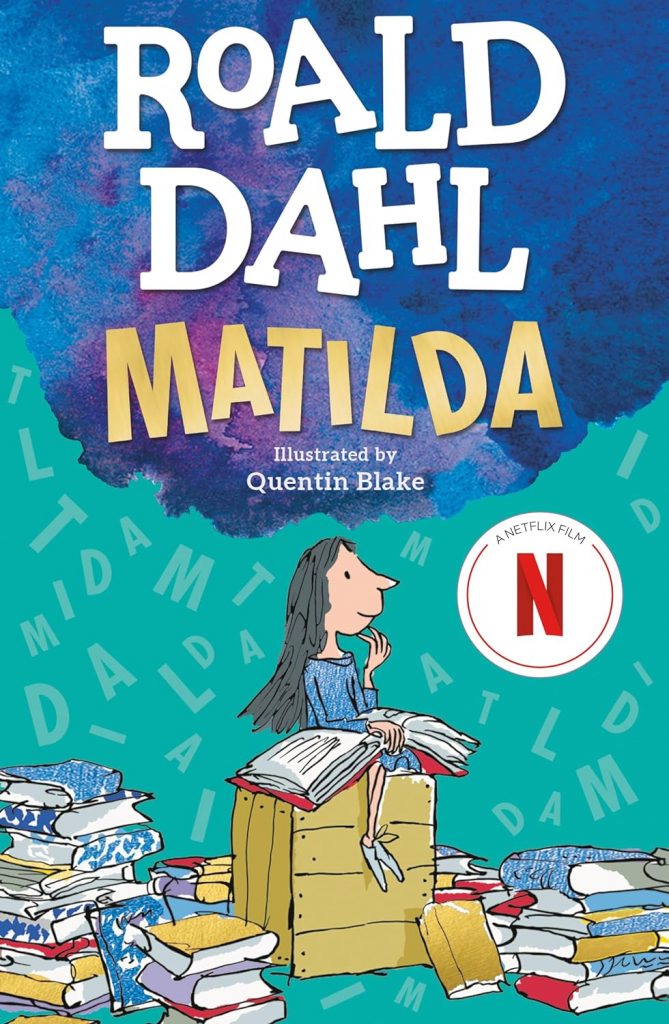
“Matilda” is a captivating and empowering story that revolves around a precocious young girl with telekinetic powers. Roald Dahl’s masterful storytelling helps with the book’s central themes, including intelligence, kindness, and resilience, provide rich content for classroom discussions.
The novel encourages a celebration of intellect and curiosity, making it particularly relevant for discussions about the value of knowledge. Roald Dahl’s witty and humorous writing style, combined with the book’s fantastical elements, keeps readers entertained while conveying important lessons.
Matilda” is exceptional teaching material due to its engaging storytelling, positive messages about intelligence and kindness, accessible language, humor, opportunities for character exploration, and interdisciplinary potential.
“The Magic Tree House Series” by Mary Pope Osborne (Published 1992)
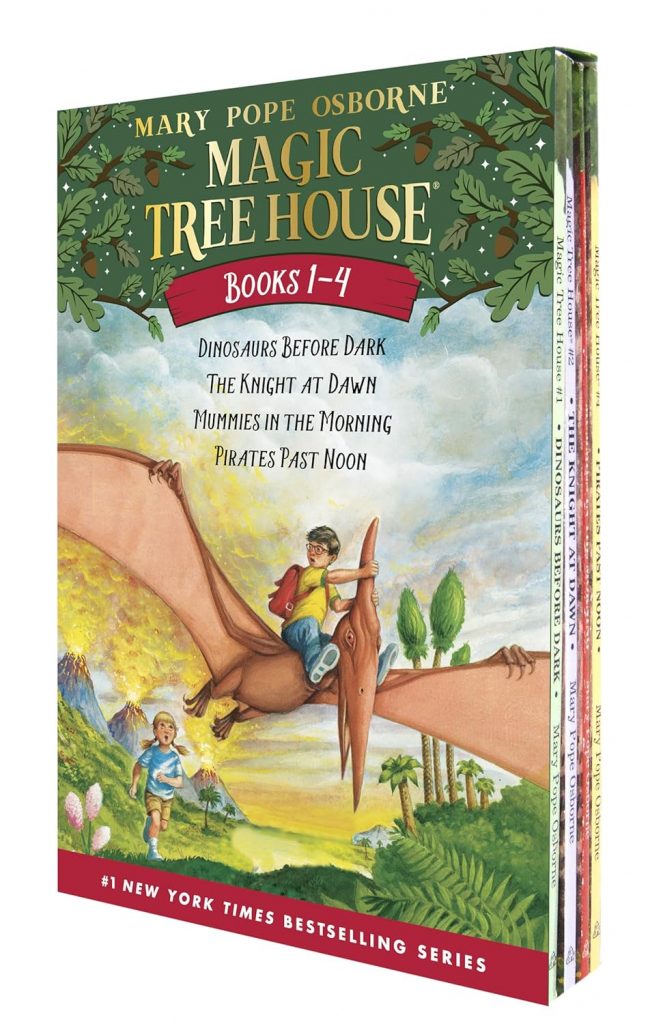
The series follows siblings Jack and Annie on magical adventures through time and space, providing ample opportunities for discussions about historical events, geography, and various cultures. The blend of fiction and non-fiction elements provides a unique approach to teaching various subjects, making it a versatile resource for educators.
“Magic Tree House Series” is exceptional due to its engaging narratives, educational content and clear writing style. The gradual complexity and interdisciplinary potential with relatable characters helps in making reading a habit.
“Harry Potter and the Sorcerer’s Stone” by J.K. Rowling (Published 1997)
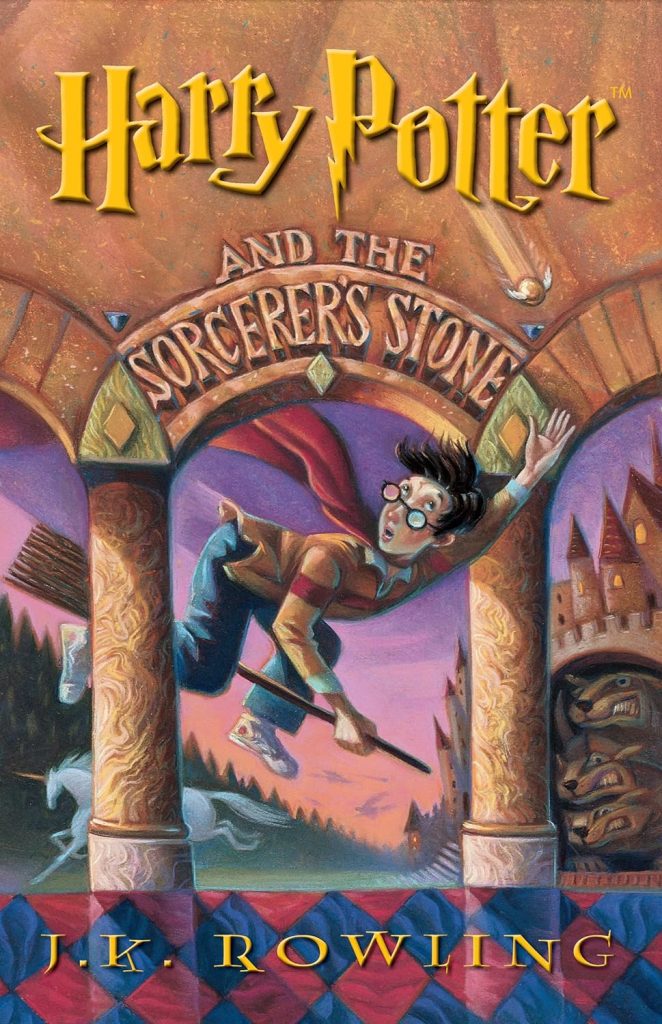
The start of the iconic Harry Potter series introduces readers to the magical world of Hogwarts. With themes of friendship, courage, and the battle between good and evil, it captivates young imaginations. The book’s rich narrative, filled with fantasy elements and relatable characters, engages readers and encourages a love for storytelling. Rowling’s accessible writing style ensures that the novel remains both entertaining and educational.
“Harry Potter and the Sorcerer’s Stone” is considered excellent learning material due to its engaging narrative, accessible writing style and exploration of universal themes. Opportunities for critical thinking opens up to themes of self-discovery, vivid imagery and cultural significance.
“The Tale of Despereaux” by Kate DiCamillo (Published 2003)
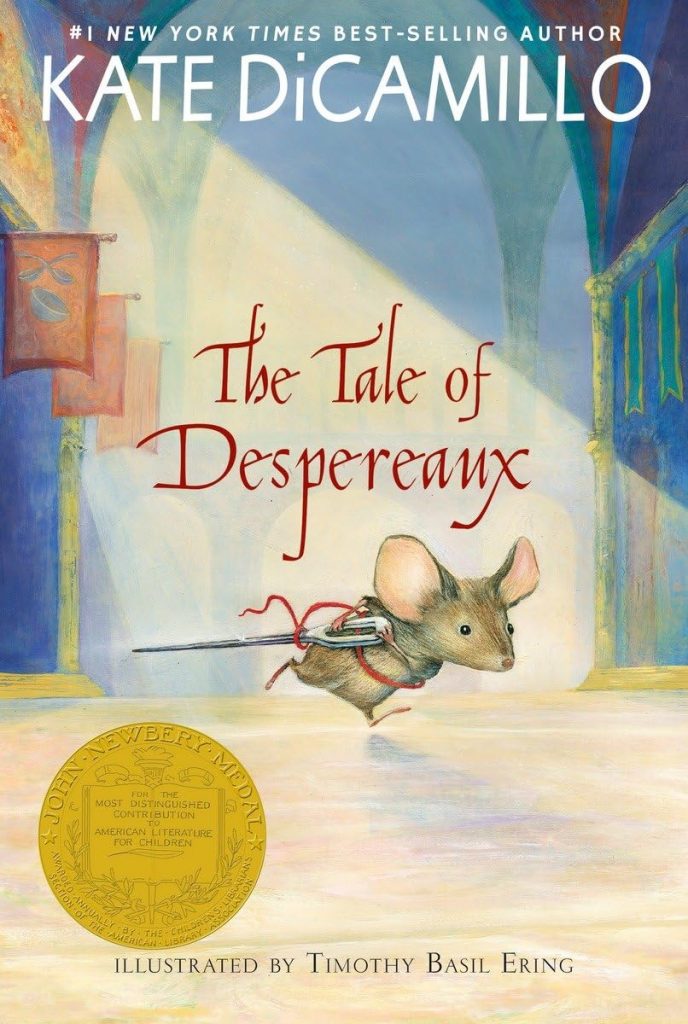
“The Tale of Despereaux” by Kate DiCamillo is a story about a small mouse with unusually large ears named Despereaux who lives in a castle. Despereaux is different from other mice; he is brave, curious, and has a love for stories and a princess named Pea. The book also follows the story of a rat named Roscuro who lives in the dungeons and has a fascination with light and the world above. Their lives become intertwined when Despereaux is banished to the dungeons and meets Roscuro, leading to a series of events that change their lives and the lives of those around them forever.
The book covers several real-world themes, including the power of love and forgiveness, the importance of courage and bravery, and the impact of kindness and empathy. It also explores the idea of being true to oneself and not conforming to societal expectations or stereotypes.
Additionally, the book touches on themes of redemption and second chances, as both Despereaux and Roscuro are given the opportunity to change their destinies and make amends for their past actions.
All in all, “The Tale of Despereaux” is a heartwarming and beautifully written story that teaches valuable lessons about compassion, resilience, and the beauty of being different.
“Where the Wild Things Are” by Maurice Sendak (Published 1963)
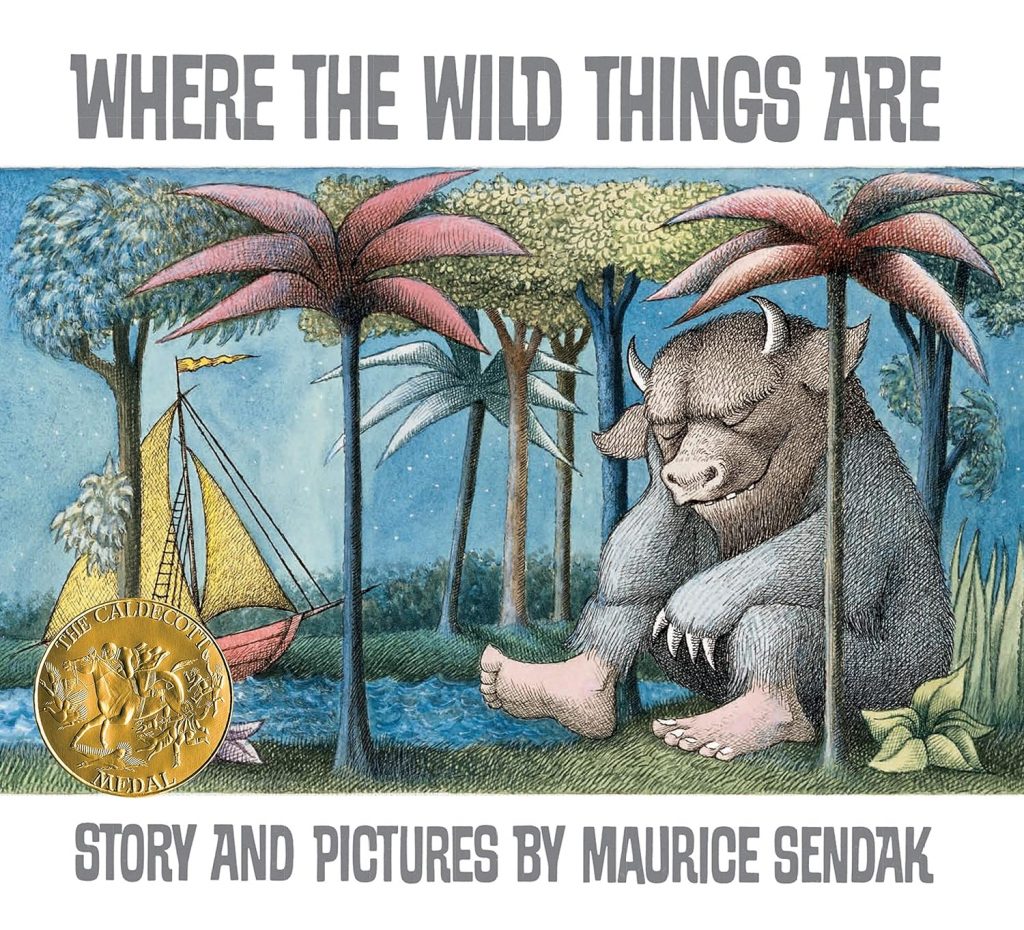
Maurice Sendak’s classic follows Max, a mischievous boy who sails to the land of the Wild Things. With imaginative illustrations and a universal theme of childhood emotions, it’s a must-read.
“Where the Wild Things Are” is deemed excellent teaching material due to its engaging narrative, simple language, and universal themes of imagination and emotions. It fosters a love for storytelling and encouraging discussions about creativity and feelings.
“Diary of a Wimpy Kid” by Jeff Kinney (Published 2007)

“The Diary of a Wimpy Kid” series by Jeff Kinney follows the life of Greg Heffley, a middle school student who navigates the challenges of adolescence, friendship, and family. The series is presented in a diary format, with Greg’s humorous and often exaggerated reflections on his daily experiences, interactions with classmates, and attempts to fit in and avoid embarrassment.
The series covers several real-world themes relevant to young readers, including the ups and downs of friendship, the pressures of school and social expectations, and the complexities of family dynamics. It also touches on issues such as bullying, peer pressure, and self-esteem, presenting them in a relatable and often lighthearted way.
Additionally, the series explores themes of resilience and perseverance, as Greg faces various setbacks and challenges but ultimately learns valuable lessons about himself and the world around him.
Overall, “The Diary of a Wimpy Kid” series provides readers with a humorous and engaging look at the trials and tribulations of growing up.
“The Boxcar Children” by Gertrude Chandler Warner (Published 1924)

This classic series follows the adventures of the Alden siblings as they create a home in an abandoned boxcar. With themes of resourcefulness and family, it continues to captivate young audiences.
The story follows the adventures of the Alden siblings, who create a home in an abandoned boxcar. This premise offers opportunities for discussions on resourcefulness, independence, and family bonds.
The characters of Henry, Jessie, Violet, and Benny Alden are relatable and serve as positive role models for young readers. Their experiences encourage empathy and resilience, providing valuable life lessons.
“The Boxcar Children” also offers interdisciplinary learning opportunities. Parents and caregivers alike can integrate lessons on history, geography, and social studies by exploring the setting and time period in which the story takes place.
“The BFG” by Roald Dahl (Published 1982)

In Roald Dahl’s “The BFG” (Big Friendly Giant), readers join Sophie and the BFG on an adventure to capture dreams. With Dahl’s trademark whimsy, it’s a delightful and imaginative story.
The story provides opportunities for discussions on friendship, courage, and empathy. The BFG’s unique language and mannerisms also offer opportunities for language exploration and comprehension.
Roald Dahl’s whimsical writing style and imaginative storytelling captivate young readers’ imaginations, fostering a love for reading and creativity. The book’s blend of humor, adventure, and heartwarming moments ensures it resonates with a wide audience.
“The BFG” encourages critical thinking as readers navigate the BFG’s fantastical world and consider ethical dilemmas such as standing up to bullies and protecting the innocent. These discussions promote empathy and moral development.
“The Mouse and the Motorcycle” by Beverly Cleary (Published 1965)

This classic follows the adventures of a mouse named Ralph who discovers a toy motorcycle. Filled with humor and heart, it’s a timeless choice for young readers.
The story encourages critical thinking as readers navigate Ralph’s journey and consider the consequences of his actions. The book provides opportunities for discussions on decision-making, problem-solving, and the importance of empathy.
The book’s themes of friendship and understanding differences make it particularly relevant in fostering social-emotional learning in the classroom. Parents and caregivers alike can use the story to have discussions on empathy, respect, and acceptance of others.
Leave a Reply